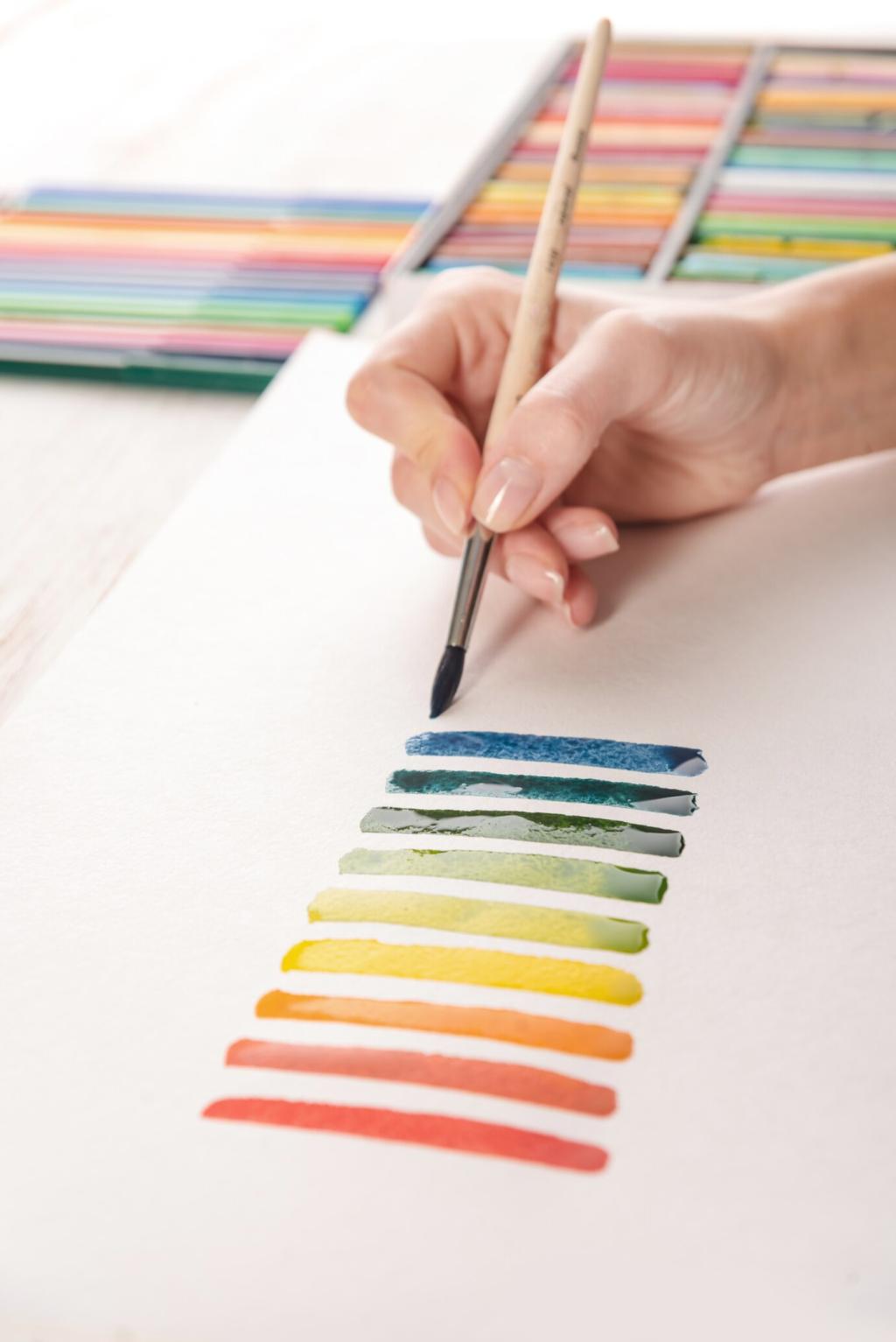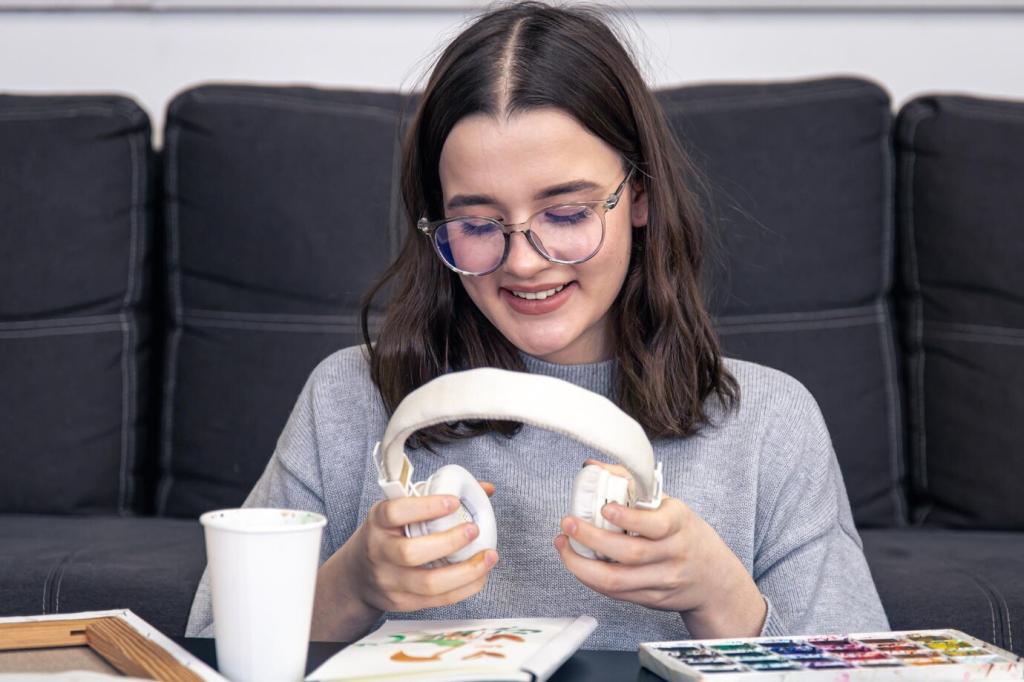
How to Use Color Psychology to Enhance Interiors
Color psychology is a powerful tool in interior design, influencing mood, perception, and the overall atmosphere of a space. Understanding how different hues affect emotions and behaviors can help homeowners, designers, and business owners create interiors that not only look appealing but also feel harmonious and purposeful. By mindful selection and strategic placement of colors, you can transform ordinary rooms into environments that support relaxation, focus, energy, or social interaction. In this guide, we’ll explore key principles of color psychology and offer practical advice to help you select colors that truly enhance your spaces.
The Emotional Impact of Color
Colors such as blues, greens, and soft purples are often associated with tranquility and relaxation. Cool tones can reduce stress and foster a sense of peace, making them ideal for bedrooms, bathrooms, or any space dedicated to rest and renewal. By incorporating these hues into your interiors, you can help occupants unwind and recharge. Gentle blues evoke the calmness of a clear sky or ocean, while greens connect us to nature and promote a restorative atmosphere. Carefully selected cool tones encourage mindfulness and serenity, ensuring your living spaces become a true refuge from the outside world.

Applying Color Psychology to Different Spaces
01
Bedrooms: Creating Restful Retreats
The bedroom is a personal sanctuary where relaxation and rest are paramount. Soft, muted colors such as pastel blues, gentle sage greens, and lavender tones are particularly effective at inducing calm and promoting deeper sleep. These shades work to lower anxiety levels and encourage a sense of comfort. To further support a restful atmosphere, consider layering shades within the same color family and minimizing bold, high-contrast accents. The result is a soothing environment that invites stillness and makes it easier to unwind at the end of a busy day.
02
Offices: Enhancing Focus and Productivity
In workspaces and home offices, color can play a pivotal role in boosting concentration and mental energy. Shades of blue are renowned for their ability to enhance focus and promote clear thinking, making them a smart choice for creative or analytical tasks. Incorporating touches of green can help reduce eye strain from screen time and introduce an element of nature into the space. For those seeking an extra burst of motivation, small amounts of yellow or orange can stimulate optimism and creativity without becoming distracting when used thoughtfully as accents.
03
Living Areas: Fostering Connection and Comfort
Living rooms and communal spaces benefit from colors that encourage interaction and warmth. Warm neutrals such as tan, taupe, and creamy whites set an inviting tone, while accenting with deeper reds, burnt oranges, or lush greens can create visual interest and spark conversation. Be mindful of the room’s natural lighting, as it impacts how colors are perceived throughout the day. By strategically blending harmonious colors, you ensure the space feels both comfortable and dynamic, cultivating an environment where people feel at ease and relationships flourish.
Highlighting Focal Points
Accent colors are a powerful tool for directing attention in a space. A bold-colored chair, a statement art piece, or vibrantly painted niches can provide instant visual focus and energize the room. Choosing accent hues that contrast or harmonize with the main palette can either create drama or gently underscore existing features. To ensure cohesion, repeat accent colors in smaller décor pieces throughout the room, allowing the focal point to shine without appearing isolated or jarring. These dynamic touches keep interiors visually intriguing and emotionally engaging.
Balancing Light and Dark
Utilizing both light and dark shades within a color scheme adds contrast and prevents the space from feeling flat or monotonous. Deep tones, such as charcoal gray or navy blue, introduce sophistication and intimacy, while lighter shades open up the space and reflect more natural light. This interplay is especially effective in larger rooms or open-plan areas, where distinct zones can be created using variations in color depth. By balancing light and dark elements, you sculpt the perception of space and enhance the emotional ambiance according to the room’s function.
Layering Texture with Color
Texture influences how color is perceived, adding another dimension to interiors. A matte sage green wall will appear different than a glossy finish in the same hue, just as a velvet navy sofa feels distinct from a linen one. Incorporating texture through textiles, wall treatments, and decorative accessories allows you to explore subtle shifts in color that evoke emotion and interest. By thoughtfully combining various textures in your chosen color palette, you can create a layered, tactile environment that feels rich and inviting, emphasizing the psychological effects of the colors used.
Previous slide
Next slide
